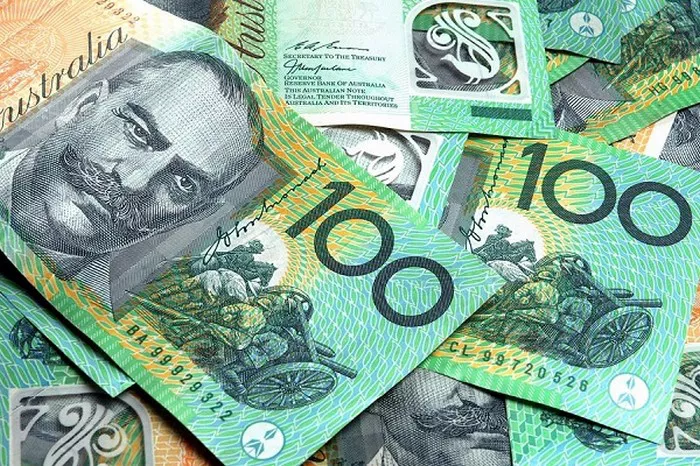The July FOMC meeting minutes showed no change in thinking within the Fed compared to the June meeting minutes. The June minutes included updated growth/inflation forecasts and a dot plot. Two Fed officials favor keeping rates on hold over a quarter-point hike; that preference was already evident in June. “With the stance of monetary policy in restrictive territory, some participants judged, the risks to achieving the Committee’s objectives became more two-way, and the Committee’s decision must balance the risk of inadvertently tightening policy too much against the costs of not tightening enough. “Referring to June again, this “number of participants” may be the four directors who decided to finally raise interest rates in July. ”
Most participants continued to believe that there were significant upside risks to inflation, which would likely require further tightening of monetary policy. “This is the Fed’s 12 governors hinting at at least two more rate hikes in June (and one in the future). Despite the Fed’s clear guidance, U.S. money markets see the possibility of an eventual Fed hike by November The fact that it’s only 1/3 still astounds us. The disinflation process is proceeding as expected and the US economy is growing better than expected, significantly reducing the chances of a recession in 2023. Next week’s Jackson Hole symposium provides An opportunity for us to point and cross this divergence.
U.S. Treasuries are still in a sell-off. The market digested decent economic data (housing market and industrial production) ahead of the FOMC minutes. Technical factors are also at play, with U.S. 10-year Treasury yields breaching year-to-date highs of 4.2% and pushing to test 2022 highs of 4.34%. Interestingly, this move was driven by rising real yields in the US. The real yield on the U.S. 10-year Treasury note topped 1.9% for the first time since 2009.
In our view, this is both a sign of an improving growth outlook and a return of the US credit risk premium, an endorsement of a higher neutral US rate going forward, and an acceptance of higher rates for a longer period of time. Yesterday, US Treasury yields fluctuated between +1.2 basis points (2-year) and +3.9 basis points (7-year). The U.S. 2-year Treasury yield is pushing to break through 5%, with the cycle high of 5.12% the next level of resistance. The dollar has maintained its momentum, though gains could be even bigger given the support from real interest rates. EUR/USD closed at 1.0879, having opened at 1.0905. A test of the July low of 1.0834 is imminent.
Yen remains weak (USDJPY > 146) after core yields rose last week. Back in September, the Japanese Ministry of Finance conducted its first foreign exchange intervention since 1998 at the current spot rate. They then ramped up their efforts after USD/JPY briefly topped 150 in October. We expect the dominant trends – core bond weakness and USD strength – to persist in the near term, as today’s weak eco-calendar (US weekly jobless claims and Philly Fed index) won’t interfere. EUR/GBP slipped to support at 0.8504 as GBP outperformed EUR yesterday as core CPI data for July came in higher than expected.
Australia’s employment data for July was disappointing, with a loss of 14,600 jobs, while consensus expectations were for an increase of about the same amount. The detailed figures showed full-time employment fell by 24,200, while part-time employment rose by 9,600, softening the blow. The unemployment rate rose 0.2 percentage point to 3.7%, and the labor force participation rate fell 0.1 percentage point to 66.7%. Both indicators remained near record levels, pointing to continued tightness in the labor market. The head of labor statistics at the Australian Bureau of Statistics played down the impact of job losses, noting that the average monthly number of people in employment rose by 42,000 in the first half of the year, and employment was also up by 38.7 people compared with July last year. million people.
On top of that, July includes school holidays, which typically show job changes when people are on vacation and starting to leave. Monthly hours worked rose 0.2% in July and were up 5.2% from a year earlier, suggesting that demand for labor was partly met by people working more hours. In a separate report, the Australian Bureau of Statistics said average weekly earnings rose 3.9 per cent in May from a year earlier, the strongest annual increase since May 2013, barring a brief boost early in the pandemic. Australian swap rates followed global trends this morning, rising 4.1 basis points (2-year) to 8.8 basis points (30-year). The Australian dollar continued to weaken against the strong US dollar, with the Australian dollar falling below the large figure of 0.64 against the US dollar for the first time since November last year. AUD/USD’s 2022 low of 0.6170 is a key support level.


